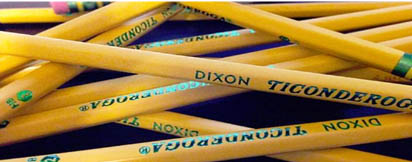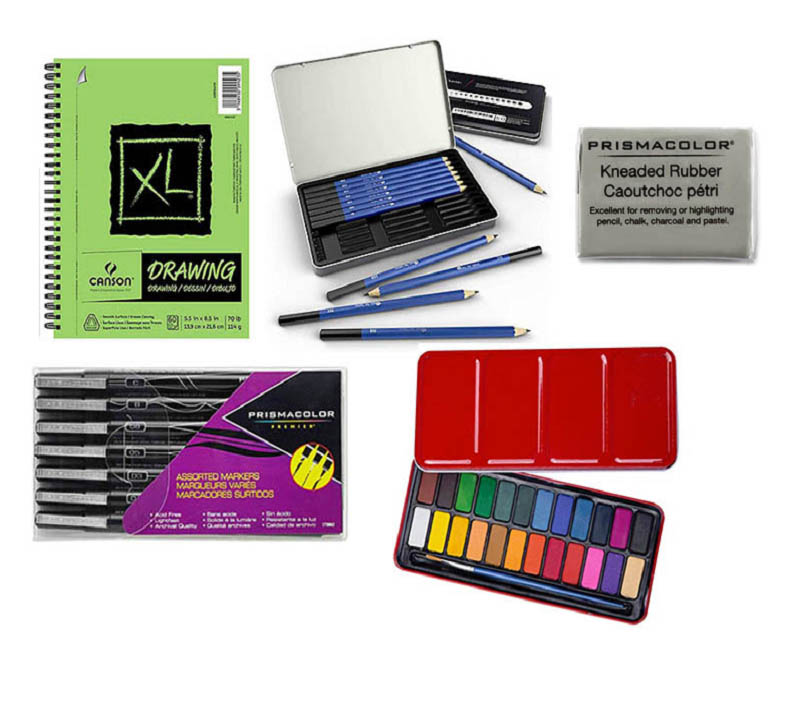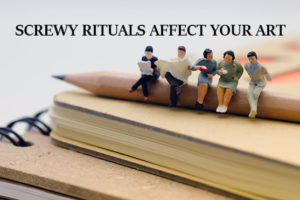Our Sailing Days
Bill and I used to live in Tacoma, Washington on Commencement Bay. It’s a deep body of water used by ocean-going container vessels. Along with these monster ships, sailboats are the eye candy on the bay. We loved watching their sails fill with wind and turn to head in another direction. In very little time we were hooked.
Buying a sailboat grew into our favorite subject. However, neither of us knew anything about sailing. No problem — we’d just take a class at the community college and learn to sail. We completed the course and purchased a boat. To tell the truth, even though we had “aced” the course we were generally clueless on how to manage our craft.
One day we maneuvered the new “Hornpipe” out of her slip — a major production, and headed into Commencement Bay. Skies were blue. Wind was gentle and our lunch tasted more delicious out on the water.
Quietly bobbing along there suddenly was a gut-blasting sound. One of those ocean-going-container ships was right off our stern — that’s the back end of a boat. It was telling us to get out of the way. We jumped to our feet, lunches flying off our laps and started yelling at each other … Do something! — DO SOMETHING!
The massive ship was approaching fast. Even though we tried to “bring ‘er about”, there wasn’t enough wind to fill the sails. The only solution was to turn on the little 13 horse-power engine and “put put” out of the way.
Moral of the story: For heaven’s sake, “Learn the Ropes”.

“Sketching — A Maiden Voyage for Beginners”
Next to crayons and a coloring book, using a yellow Ticonderoga school pencil was most people’s first sketching experience. The pencil was always there and so was the Big Chief tablet of paper.

As an Artist You’ll Need the Right Supplies:
Pencils: https://amzn.to/2WPCvvl
Eraser: https://amzn.to/2U1Hw27
Pens: https://amzn.to/2I7DlQZ
Paints: https://amzn.to/2UKTHoi

All of these supplies can be purchased on Amazon.com. You’ll need a drawing tablet 5 x 7- inches or larger. A set of drawing pencils — this is important. Pencils are coded so you can tell which one gives the lightest stroke and which one is the blackest. A kneaded rubber eraser can be shaped into a point and used to erase tiny portions of your drawings.
Assorted black markers are great fun and so is a simple box of watercolors. Below are links from YouTube with basic information about sketching materials. The more familiar you become with the “tools of the trade” the more comfortable you will feel using them.
Videos on Sketching
Here are three excellent videos about drawing pencils, and how to add shadows to your drawings. Be sure to click on the “subscribe” button of each video so that the next time you go to YouTube, the video will show up on your list.
Starting with Basic Shapes
Your first step in learning to sketch is to practice drawing simple shapes. You want to identify where the light is coming from and add the shadows. A drawing with lights and darks gives the impression of reality.
Here are a couple of links where you can buy 3D geometric shapes for a reasonable cost.

Learning the Ropes
And now we are back to the subject of “learning the ropes”. If we are ever going to be proficient artists, we need that schedule for practice, which I mentioned in “The Habits Keeping You Safe”.
After you have gathered your supplies, it’s time to write out your goal for the week. Include the time of day you will start to work on your sketches. Make it happen the same time every day. Plan to spend about 20 minutes on each project. A timer will be useful.
Begin collecting photos, pictures or objects of what you want to draw so you’ll have them ready to go. Choose easy ones.
Next is to write about your drawings. You can create a document on your computer and keep notes about what you are learning. Explain the troubles you encounter with each piece and the successes that will inevitably come.
There are 1440 minutes in every day. Lots of those are spent in sleeping, self-care, family matters and necessary routines. Fit a portion of the remainder into a daily schedule for learning about art.
Summary
Read the blog entitled “The Habits Keeping You Safe”.
Get the right supplies on board…okay, it’s a pun.
Watch the videos on the different kinds of drawing pencils and techniques.
Consider purchasing a set of wooden geometric shapes to practice sketching and shading.
Begin collecting objects or pictures to use as sketching aids.
Write about your drawings.
Set a daily schedule for practicing and learning about your art.

“It’s Totally Possible To Learn To Become an Artist”
© Susan Givens, 2019



